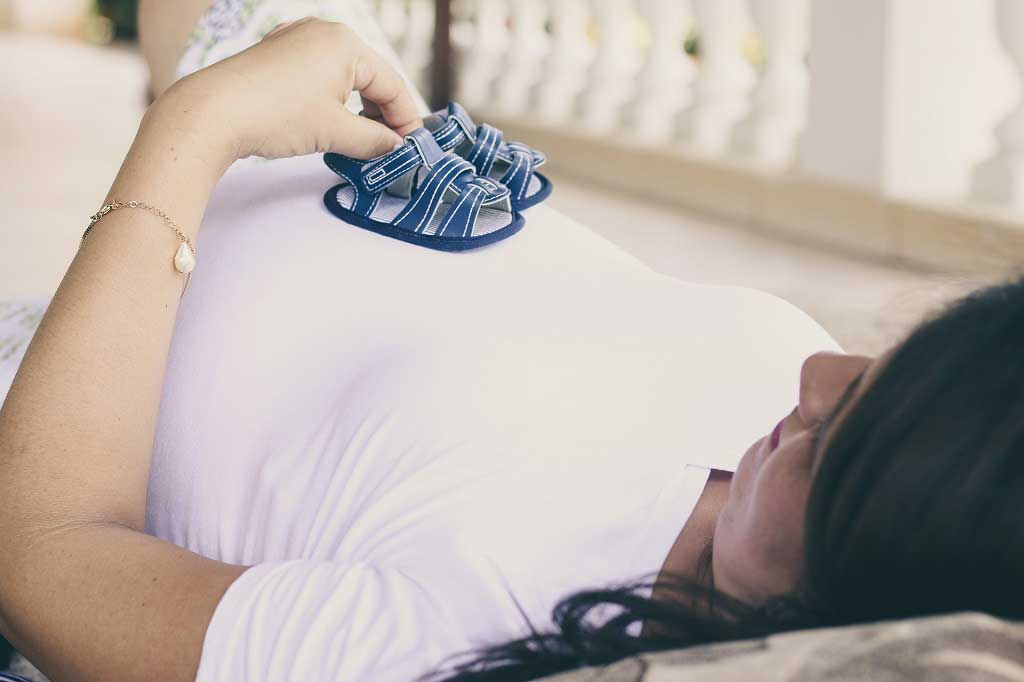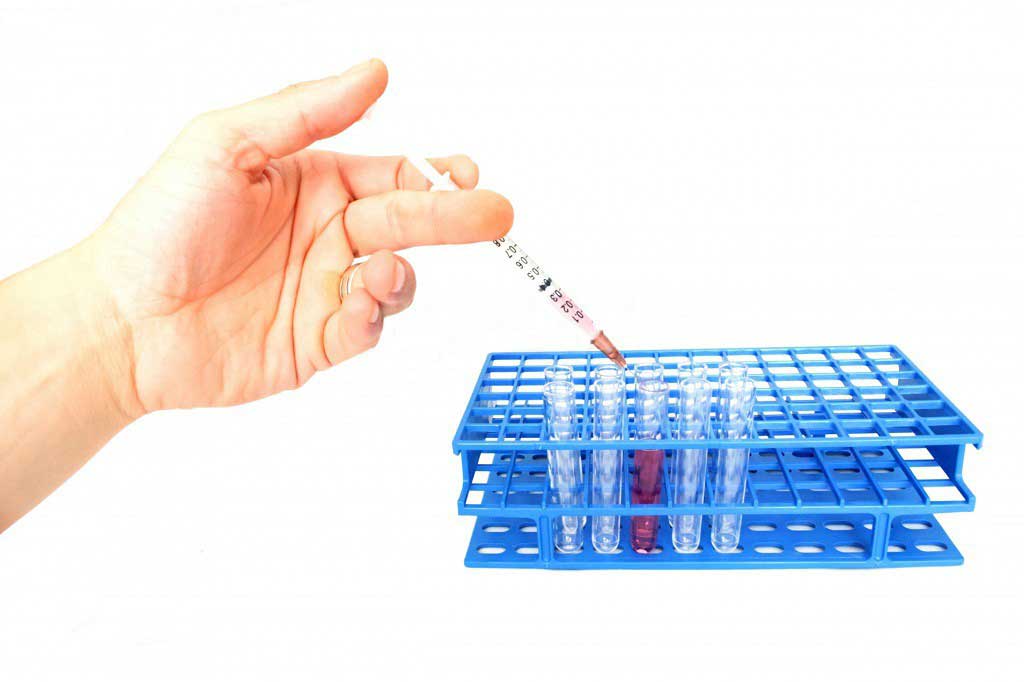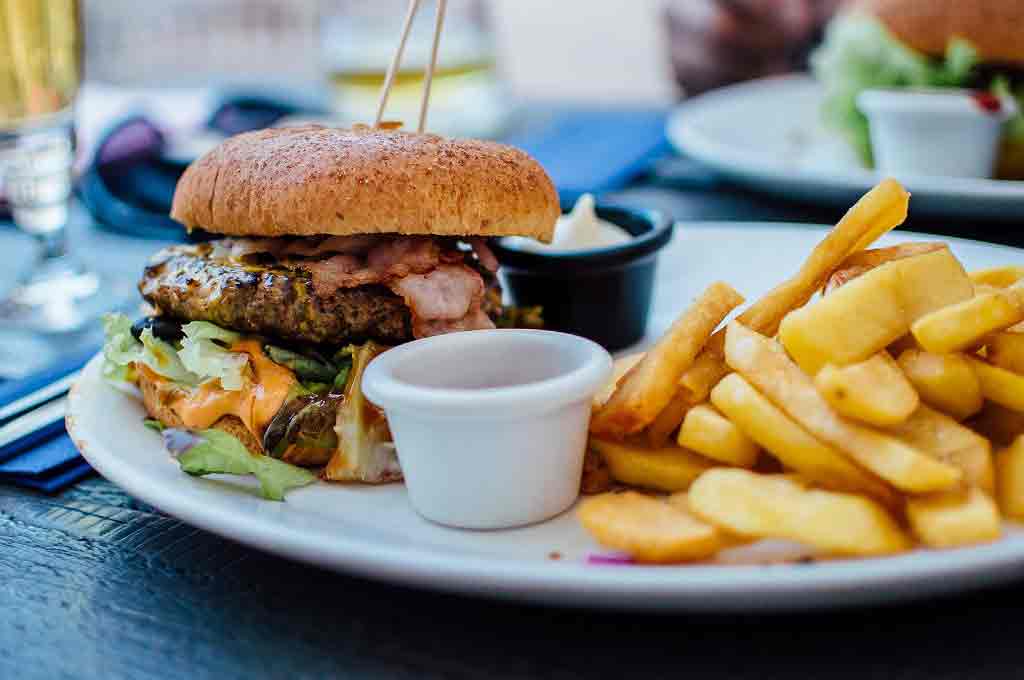Ganglion
Surgery
There are two ways surgery can be used to remove a ganglion cyst:
- open surgery where the surgeon makes a medium-sized cut, usually about 5cm (2 inches) long,over the site of the affected joint or tendon
- arthroscopic surgery a type of keyhole surgery where smaller incisions are made anda tiny camera called an arthroscope is used by the surgeon to look inside the joint;using the arthroscope as a guide, they then pass instruments through the incision to remove the cyst
Both techniques can be performed under either local anaesthetic, where you areawake but won't feel any pain, or general anaesthetic, whereyou are asleep during the operation.
The choice depends on where the ganglion is, which anaesthetic you'd prefer, and what your surgeon thinks is best.
Open or keyhole surgery?
Both techniques are equally effective at removing the cyst and reducing the risk of it returning.
Keyhole surgery tends to cause less pain after the operation, but waiting times are often longer.
Introduction
A ganglion cyst is a fluid-filled swelling that develops near a joint or tendon. The cyst can range from the size of a pea to the size of a golf ball.
Treatment options
Treatment is usually only recommended if the cyst causes pain or affects the range of movement in a joint.The two main treatment options for a ganglion cyst are: draining fluid out of the cyst with a
Availability on the NHS
Mostclinical commissioninggroups (CCGs)don't fund treatment for ganglion cysts unless they cause significant pain or disrupt daily activities.If you want to have a cyst removed for cosmetic reasons, y
Aspiration
Aspiration is usually carried out in the outpatient department of your local hospital or GP surgery. Your doctor will remove as much of the contents of the ganglion as possible with a needle and syrin
Surgery
There are two ways surgery can be used to remove a ganglion cyst: open surgery where the surgeon makes a medium-sized cut, usually about 5cm (2 inches) long,over the site of the affected joint or tend
After the operation
The surgeon will stitch up the wound and a bandage will be placed over the area. This helps keep the area clean,reducing the risk of infection, as well as keeping it safe from any accidental bumps. Th
Complications
Having a ganglion cyst removed is a minor procedure, so complications are rare and seldom serious. However, a small number of people experience permanent stiffness and pain after surgery.If you have t







 Subscribe
Subscribe Ask the doctor
Ask the doctor Rate this article
Rate this article Find products
Find products